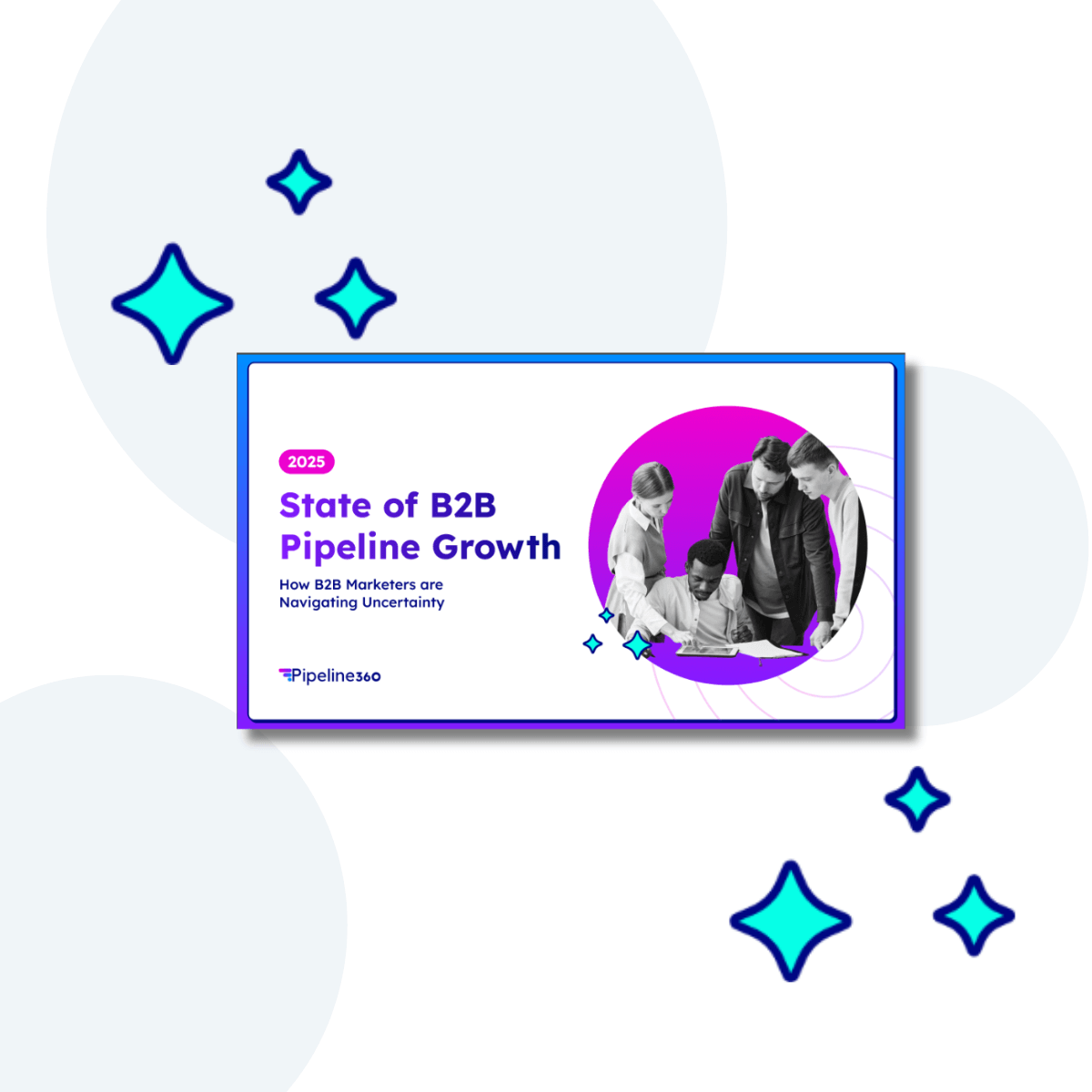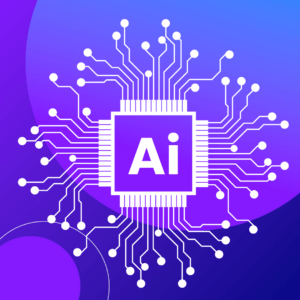Keeping on top of B2B demand generation statistics
As budgets tighten and internal expectations rise, marketing leaders are under growing pressure to do more with less, all while proving the impact of their work in hard business terms. That’s why keeping on top of the latest demand generation statistics is essential.
The most successful B2B marketers are tuning into real-time signals about buyer behavior, campaign performance, and operational efficiency. They’re using these insights to adapt faster, plan smarter, and build programs that drive pipeline and sales.
This article highlights five of the most important B2B demand generation statistics shaping the industry right now. Each one reveals a key challenge or opportunity and points to what marketers can do about it. If you’re rethinking how to drive pipeline in the years ahead, these stats are a must-know.
1. 73% of CSOs Are Prioritizing Growth from Existing Customers
Customer acquisition has always been a central focus of demand generation, but in 2025, customer expansion is taking the lead. According to Gartner, 73% of Chief Sales Officers (CSOs) say their top growth priority is increasing revenue from existing customers.
This shift means that B2B marketers must find a balance between net-new demand generation activities and nurturing the customers that they have already won by deepening brand engagement and using content and digital experiences to create post-sale momentum. Your overall strategy should prioritize lead nurturing and lifecycle marketing every bit as much as lead gen.
2. Marketing Budgets Remain Flat at 7.7% of Company Revenue
Despite increasing pipeline expectations, CMOs are being asked to deliver more with the same, or less. In Gartner’s 2025 CMO Spend Survey, marketing budgets were found to be flat at just 7.7% of overall company revenue, putting pressure on teams to prove ROI.
B2B demand generation statistics like these highlight an important truth: marketing efficiency is an imperative. Marketers can no longer afford bloated tech stacks or one-dimensional programs. Every tactic needs to both build awareness and drive action. The old brand vs. demand debate is over: it’s time for fully integrated strategies that build pipeline and drive growth.
3. 50% of Younger B2B Buyers Will Rely on External Sources to Make Decisions
B2B buyers no longer rely on vendor websites or sales reps alone when making a purchase. Increasingly, they’re turning to social media, peer networks, and third-party content for help. In fact, Forrester projects this year more than half of younger B2B buyers will depend on these external sources to guide purchasing decisions.
For marketers, this is a wake-up call. Demand generation needs to be omnichannel, influence-driven, and brand-first, meeting buyers where they research and not just where they convert. It also reinforces the value of Branded Demand strategies that raise visibility across multiple touchpoints while delivering qualified leads.
Forty-two percent of B2B marketers now cite revenue generated as a top performance indicator, reflecting a shift toward marketing accountability and alignment with sales goals.
4. Revenue Generated (42%) Has Become a Top KPI for B2B Marketing Teams
This reflects the fact that brand awareness and demand generation are complementary drivers of revenue and have a clear impact on the bottom line. Awareness builds familiarity and trust while demand generation converts that trust into pipeline.
This stat confirms what leading teams already understand: the most effective demand strategies are built on a Branded Demand foundation; one that fuels visibility, engagement, and performance in one unified motion.
5. 85% of CMOs Say Investing in Brand Drives Business Results
At a time when marketers increasingly rely on performance marketing, it’s easy to overlook the role of brand. But 85% of CMOs agree that brand investment leads to business results.
To deliver the results that marketers need, investment in brand campaigns must be connected to measurable outcomes, especially pipeline growth. Smart B2B marketers are adopting demand generation strategies that keep their brand front and center to help generate demand and deliver a stronger and well-primed pipeline.
From Insights to Action
These B2B demand generation statistics paint a clear picture of today’s marketing landscape. Pressure is mounting, buying behaviors are shifting, and the expectation for revenue accountability has never been higher. Growth is now tied to how effectively marketing can engage modern buyers across the full journey, without sacrificing brand equity or overloading internal teams.
From flat budgets to expanding customer expectations, the challenge is real. But so is the opportunity. Leading marketers will stop viewing brand and demand as separate tracks and start aligning them to drive unified, performance-led programs.
That’s where Branded Demand comes in. It’s a model that ensures every campaign builds both visibility and velocity, nurturing trust while delivering qualified, compliant leads that actually convert. Marketers can build a Branded Demand capability at pace through Demand-as-a-Service (DaaS), a fully managed, outcomes-driven model that removes the complexity of traditional campaign execution and enables marketers to scale faster, simplify operations, and focus on driving pipeline. Doing so will provide a significant competitive differentiator and empower marketers with the tools they need to make a significant contribution to business growth.




